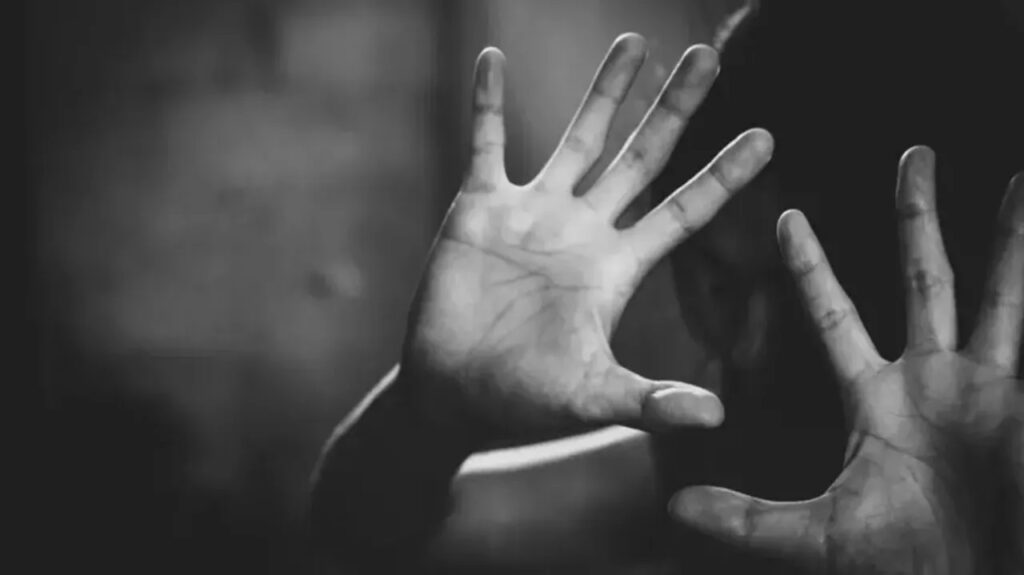Female nudity: a complex interplay of power and shame
The practice of parading women naked as a punishment has unfortunately become common in certain communities, often as a way to shame and punish women who are perceived to have broken social norms. This practice is often seen in villages or small towns, where women are considered guilty even if men are also involved in the transgression. While historically, punishments for such actions included ostracization, sexual crimes, home arrest, or even murder, the trend seems to be shifting towards using naked parades as a form of punishment.
Cases of women being paraded naked have been reported from various parts of India. For instance, a woman in Sarwadi Village, Rajasthan, was paraded naked for having an affair with a married man. Another incident involved a Dalit woman in Madhya Pradesh who was beaten, stripped naked, and paraded through the village during Holi celebrations.

The practice of parading women naked raises important questions about the perception of female nudity in society. While goddesses are often depicted naked and revered, ordinary women are subjected to shame and humiliation for the same. However, female nudity can also be seen as a symbol of power and empowerment, as seen in works of literature where women use their naked bodies to defy oppressors and assert their agency.
The idea of parading women naked as a punishment is deeply rooted in notions of ‘izzat’ or honor attached to a woman’s body. However, this practice violates women’s consent and dignity. Instead of resorting to such archaic and inhumane practices, it is important to respect women’s autonomy and rights. Women should be the ones to decide how they want to express their bodies, and society should not dictate or punish them for it. It is crucial to stop objectifying women’s bodies and to treat them with dignity and respect, regardless of their actions or circumstances.
Repurposed article originally published in She the people









